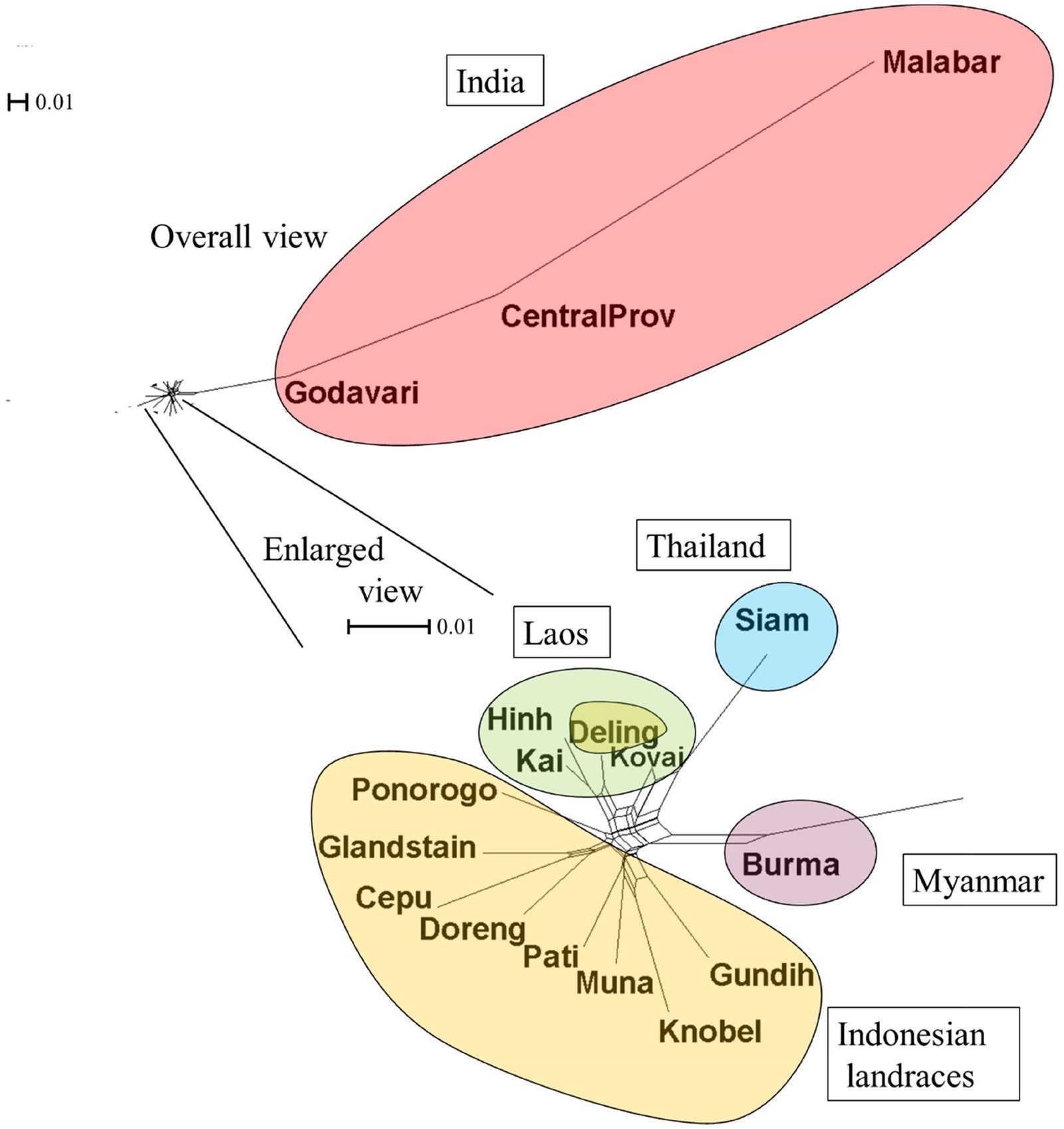
Heat waves aren’t just getting worse on land, the majority of the world’s oceans are experiencing record-breaking temperatures too. These marine heat waves are getting longer, more intense and reaching farther than ever before. In particular, 2023’s marine heat waves (MHWs) exhibited the longest duration, widest extents, and highest intensities on record—and 2024 wasn’t any better.
While humans might feel the impact of land-based heat waves more directly, these MHWs are affecting human activities in alarming ways too. MHWs disrupt marine ecosystems, causing coral bleaching, mass migration and the die-off of various types of sea life. This leads to the reduced availability of seafood resources and, ultimately, job and economic losses in many marine-dependent industries.
Although it is clear to many scientists that MHWs are increasing in severity and frequency, their mechanisms and drivers are still somewhat mysterious. In order to mitigate the threats associated with the continued worsening of ocean conditions and to find strategies for adapting to these changes, it is crucial to better understand these drivers. It is also important to understand how MHWs are linked to other climate-related changes and what the future implications might be.
A group of scientists, whose research was recently published in Science, used satellite data to determine why these severe heat waves are happening. They gathered and analyzed data from the ECCO2 (Estimating the Circulation and Climate of the Ocean-Phase II) and the Optimum Interpolation Sea Surface Temperature (OISST) satellite-derived dataset and looked at warming patterns across the North Atlantic Ocean, Tropical Eastern Pacific Ocean, North Pacific Ocean and the Southwest Pacific Ocean around New Zealand.
They found that 96% of the world’s ocean surfaces experienced heat wave conditions, compared with a historical (1982–2022) average of 73.7%. The mean marine temperature was 1.3°C above normal in 2023, compared to the average of 0.98°C above normal. They also found that the average duration of heat waves had gone up to 120 days, quadrupling the historical average.
However, some regional areas experienced even more extreme temperatures and durations. The North Atlantic Ocean endured a heat wave lasting 525 days in total with temperatures sometimes reaching 3°C above normal. Conditions in the Southwest Pacific contributed to Cyclone Gabrielle—a tropical cyclone that wreaked havoc in parts of New Zealand. In the Tropical Eastern Pacific temperatures peaked at 1.63°C above normal and the MHW occurred alongside an El Niño-type event.
The researchers identified some of the mechanisms they believe contributed to this increase in MHWs, with each region experiencing some differences. In the North Atlantic, they found that an increase in shortwave radiation helped to heat the ocean’s surface. They found that reduced cloud cover from decreased winds and a shallower-than-normal mixed layer—the top layer of the ocean, where water properties are more uniform—was likely to blame.
The Southwest Pacific also experienced reduced cloud cover, as well as increased advection, which contributed to heat extending nearly 1000 meters deeper into the ocean. Drivers in the North Pacific included increased shortwave radiation and reduced latent heat loss due to changes in cloud cover and atmospheric conditions. Lastly, the Tropical Eastern Pacific suffered from increased advection and El Niño-driven changes. The authors note that the onset of an El
Niño phase was pivotal in warming of surface waters in the Tropical Eastern Pacific, due to weakening trade winds and
suppression of the upwelling of colder waters.
As each year seems to bring a worsening of the effects of climate change, it becomes more and more important to understand the changes that occur. As with many other aspects of climate change, a better understanding of MHWs can lead to better solutions for addressing them.
The study authors worry that the recent changes may be a harbinger of even more extreme events. They say, “The extraordinary marine heat waves of 2023 may represent a major shift in oceanic and atmospheric conditions, potentially indicating an early signal of a tipping point in Earth’s climate system.”
Written for you by our author Krystal Kasal,
edited by Andrew Zinin—this article is the result of careful human work. We rely on readers like you to keep independent science journalism alive.
If this reporting matters to you,
please consider a donation (especially monthly).
You’ll get an ad-free account as a thank-you.
More information:
Tianyun Dong et al, Record-breaking 2023 marine heatwaves, Science (2025). DOI: 10.1126/science.adr0910
© 2025 Science X Network
Citation:
Record marine heat waves in 2023 covered 96% of oceans, lasted four times longer than average (2025, July 25)
retrieved 26 July 2025
from https://phys.org/news/2025-07-marine-oceans-longer-average.html
This document is subject to copyright. Apart from any fair dealing for the purpose of private study or research, no
part may be reproduced without the written permission. The content is provided for information purposes only.




